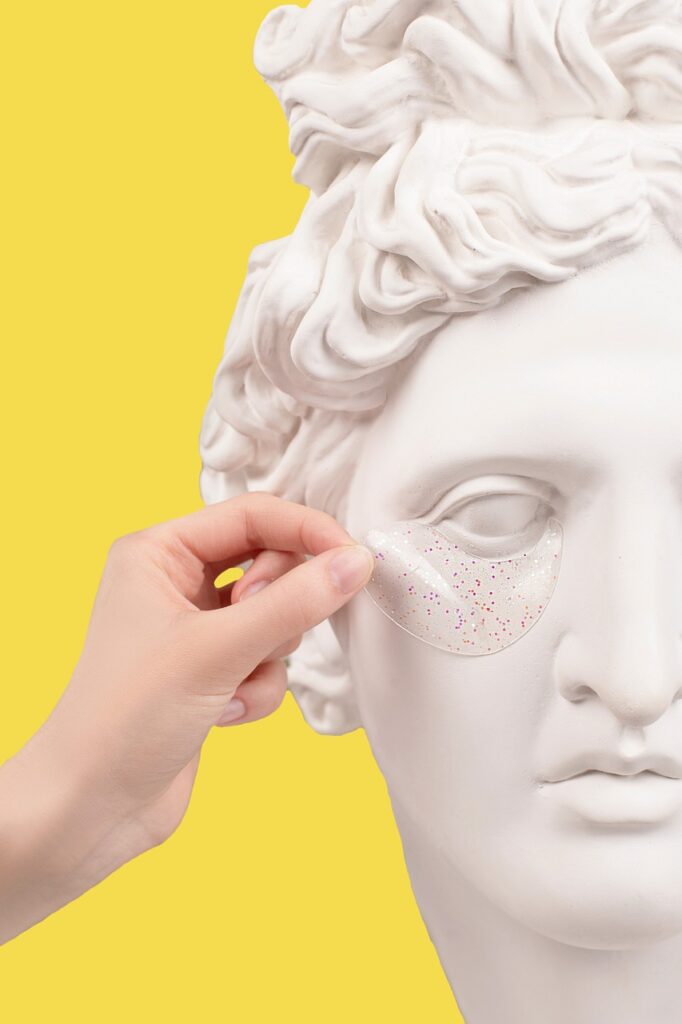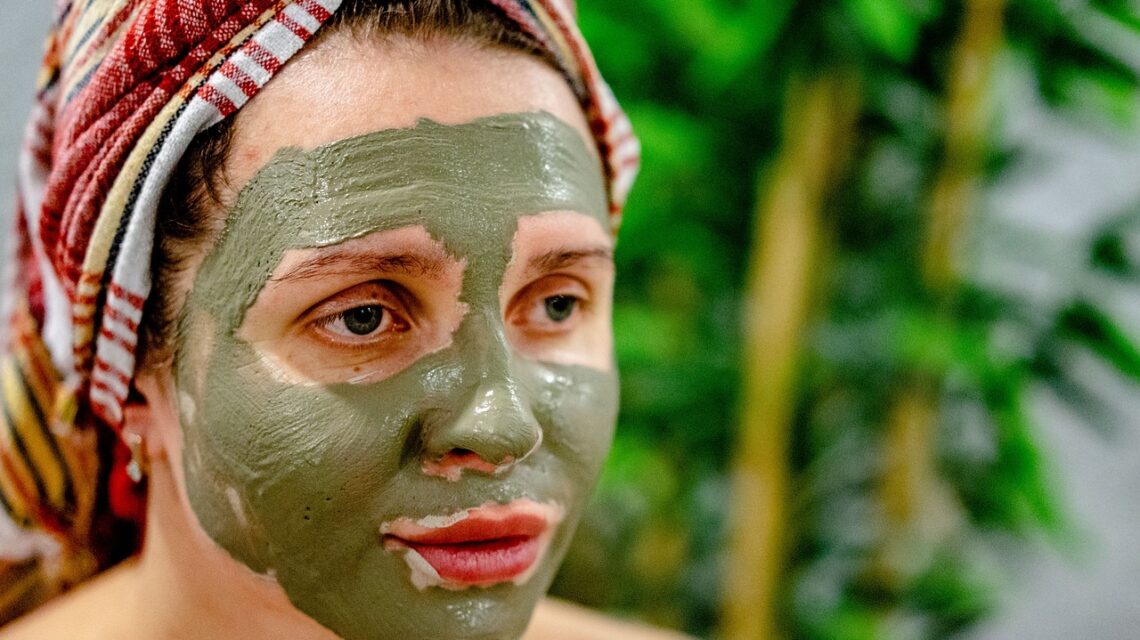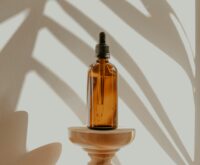Have you ever felt frustrated with the persistent presence of acne, despite trying numerous products and treatments? You’re not alone. Acne can be a challenging condition that affects individuals of all ages. This article is designed to guide you through the labyrinth of options available in the market, making your purchasing decisions a little easier.
Understanding Acne: What You’re Dealing With
Before diving into product recommendations, it’s crucial to understand what acne is and why it occurs. Acne is a skin condition characterized by red pimples, often occurring on the face, back, and chest. It’s primarily caused by the clogging of hair follicles with oil and dead skin cells.
Types of Acne
- Whiteheads and Blackheads: These are common and relatively easy to treat. Whiteheads remain under the skin surface, while blackheads appear on the surface.
- Papules and Pustules: These are similar to whiteheads and blackheads but are inflamed and can be painful.
- Nodules and Cysts: These are severe forms, deeper in the skin, and often lead to scarring.
Understanding your acne type will help you choose the most effective treatment.
Key Ingredients in Anti-Acne Products
Not all acne-fighting products are created equal. The effectiveness often depends on their active ingredients. Here’s a breakdown:
Salicylic Acid
Salicylic acid is a beta-hydroxy acid that helps exfoliate the skin and clear out pores. It’s especially effective for blackheads and whiteheads.
Benzoyl Peroxide
This powerful ingredient kills bacteria beneath the skin, which helps reduce inflammation. Benzoyl peroxide can be harsh, so it’s best for more severe cases.
Retinoids
Retinoids, derivatives of Vitamin A, promote cell turnover. They help prevent pores from getting clogged, making them effective for all acne types.
Alpha Hydroxy Acids (AHAs)
AHAs like glycolic acid and lactic acid exfoliate the skin and promote cell turnover. They’re great for reducing acne and improving skin texture.
Sulfur
Sulfur works to dry out the surface of the skin to help absorb excess oil that may contribute.

Categories of Anti acne Products
The beauty industry offers a myriad of options, which can become overwhelming. Here’s a breakdown of categories that can guide your selection:
Cleansers
These are critical in maintaining a clean surface to prevent breakouts. Look for formulas with gentle exfoliants that won’t strip the skin of natural oils.
Toners
Toners help balance the pH of your skin and often contain ingredients that target it directly.
Spot Treatments
These target individual blemishes. They’re typically concentrated, with ingredients like benzoyl peroxide or salicylic acid.
Moisturizers
Don’t skip moisturizers, even if you have oily skin. Opt for non-comedogenic moisturizers that won’t block your pores.
Prescription Options
For stubborn acne, dermatologists may prescribe stronger treatments like antibiotics or stronger retinoids.
How to Choose the Right Product
Selecting the right product requires understanding your skin type and acne severity:
- Identify Your Skin Type: Oily, dry, or combination?
- Determine Your Acne Severity: Mild, moderate, or severe?
- Research Ingredients: As mentioned, not all ingredients are suitable for every person.
- Patch Test: Always patch test a new product to ensure no adverse reactions.

Best Anti-Acne Products: Your Guide
Here’s a list of some of the best products available, based on consumer reviews and dermatologists’ recommendations:
Top Cleansers
| Product Name | Key Ingredients | Price Range | Best For |
|---|---|---|---|
| Cetaphil DermaControl | Zinc and Niacinamide | $ | Oily, Sensitive |
| Neutrogena Oil-Free Acne Wash | Salicylic Acid | $$ | Regular Breakouts |
Top Toners
| Product Name | Key Ingredients | Price Range | Best For |
|---|---|---|---|
| Thayers Witch Hazel Toner | Witch Hazel, Aloe Vera | $ | All Skin Types |
| Paula’s Choice Skin Perfecting 2% BHA | Salicylic Acid | $$ | Blackheads, Enlarged Pores |
Top Spot Treatments
| Product Name | Key Ingredients | Price Range | Best For |
|---|---|---|---|
| Mario Badescu Drying Lotion | Sulfur, Salicylic Acid | $$ | Overnight Treatment |
| Clean & Clear Advantage Spot Treatment | Benzoyl Peroxide | $ | Active Breakouts |
Top Moisturizers
| Product Name | Key Ingredients | Price Range | Best For |
|---|---|---|---|
| Neutrogena Hydro Boost Water Gel | Hyaluronic Acid | $$ | Dehydrated Skin |
| La Roche-Posay Effaclar Mat | Oil Control Ingredients | $$$ | Oily Skin |
Prescription Treatments
Consult with a dermatologist for tailored advice, as prescription options can vary widely based on individual needs.
Developing a Skincare Routine
An effective routine is essential for managing and improving acne-prone skin. Here’s a basic routine:
- Morning Routine:
- Cleanser
- Toner
- Moisturizer
- Sunscreen: Never skip sun protection.
- Evening Routine:
- Cleanser
- Toner
- Spot Treatment (if necessary)
- Moisturizer
Consistency is Key
Effectiveness relies on using products consistently. Proper treatment can take weeks to show results, so patience is necessary.

Lifestyle Factors to Consider
Your skin reflects overall health, so lifestyle changes can be of great influence:
Diet
Some studies suggest that high-glycemic and dairy-laden diets can exacerbate acne.
Hydration
Drinking enough water helps maintain skin elasticity and flush out toxins.
Stress Management
Stress can trigger acne flare-ups, making it crucial to incorporate stress management techniques like meditation or exercise into your routine.
Sleep
Poor sleep affects hormone levels and can worsen acne, so aim for 7-8 hours of quality rest.
Seeking Professional Help
If you’ve tried various products and lifestyle changes with little success, it might be time to seek professional help. Dermatologists can offer customized treatments and advice that over-the-counter solutions cannot.

Final Takeaway
Discovering the best anti-acne products can be a journey of trial and error. With a proper understanding of your skin and the right information, you’ll be better equipped to make decisions that will lead to healthier, clearer skin. Remember, your skin is unique, and what works for one person may not work for another—it’s all about finding the right balance for you.

 The Best Ingredients For Anti-Aging Skincare
The Best Ingredients For Anti-Aging Skincare  Natural Skincare 101: Everything you Need to Know
Natural Skincare 101: Everything you Need to Know  How To Establish A Healthy Sleep Routine
How To Establish A Healthy Sleep Routine  The Best Exercises For Weight Loss And Toning
The Best Exercises For Weight Loss And Toning  How To Create A Balanced Workout Routine
How To Create A Balanced Workout Routine  Top 5 Cardio Workouts To Improve Your Endurance
Top 5 Cardio Workouts To Improve Your Endurance  How To Create A Skincare Routine For Oily Skin
How To Create A Skincare Routine For Oily Skin  The Best Ingredients For Anti-Aging Skincare
The Best Ingredients For Anti-Aging Skincare  Skincare Myths That Are Wrecking Your Glow
Skincare Myths That Are Wrecking Your Glow  Natural Skincare 101: Everything you Need to Know
Natural Skincare 101: Everything you Need to Know  The Ultimate Guide To Sunscreen: What You Need To Know
The Ultimate Guide To Sunscreen: What You Need To Know  How To Choose The Right Moisturizer For Your Skin Type
How To Choose The Right Moisturizer For Your Skin Type